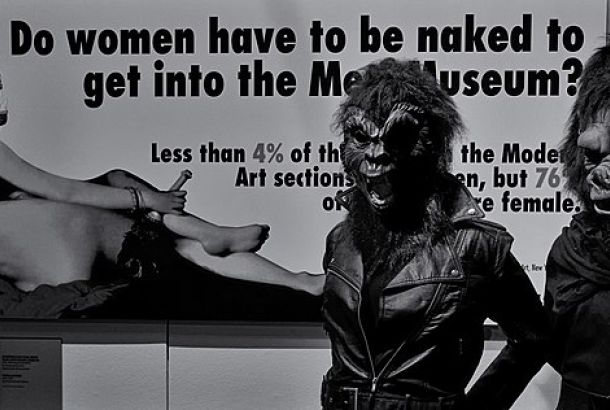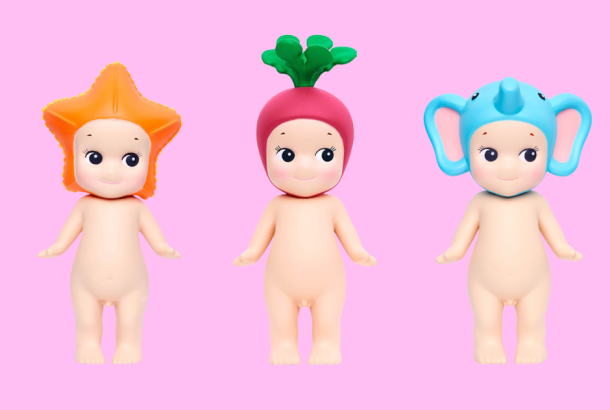Top 5: Conceptual art
5) Piero Manzoni, Merda d’artista (1961)
A small 30-gram tin with a yellow multilingual label reads “Artist’s shit—freshly preserved, produced and tinned.” Apparently Manzoni was told by his father that his early work was shit and he took the insult as literally as possible: tinning his turds and selling them at the corresponding price of gold. Tate’s catalogue entry reads the work as a capitalist satire, focused on the constraints of the gold standard, and ending in financial irony that when one of the 90 signed works was sold in 1991 the gold price by the ounce was $395.77 – Manzoni’s tin sold for $67,000. Regardless of its trumping of the market, the work is really about shock and introduced a dolce stool novo into late-twentieth century art.
4) Bruce Mclean, King for a Day (1969/1972)
Conceptual art uses the power of the formless idea. Bruce Mclean’s one-day Tate retrospective in 1972 consisted of a room full of black notebooks and labels inscribed with 1000 ideas for potential artworks. His once sentence ideas included ‘Guy Fawkes piece (smoke bang)’, ‘Touch piece grip, grab, grope piece’, and ‘Phone your mother piece’. There’s a photograph of an earlier incarnation of the piece with a suited museum guard scratching his head in bemusement. The work gains a level of meaning when we consider the puzzled security guard: what is there to protect from theft?
3) Sol LeWitt, A Wall Divided Vertically into Fifteen Equal Parts (1970)
Sol LeWitt was a philosopher-draughtsman. He didn’t need to really draw or paint, only contracts or instructions for other people to carry a design out. The literal titles of this work describe certificates that give coloured formal diagrams on how to execute a series of strokes on a wall. LeWitt’s ‘Paragraphs on Conceptual Art’ is one of founding texts of the genre and argues that “the idea of concept is the most important aspect of the work”. It was re-published in inaugural edition of the Art-Language journal, a magazine of philosophical experiments about how we can visualise works with only written evidence.
4) Joseph Kosuth, Clock (One and Five), English/Latin Version (Exhibition Version) (1965/1997)
Machina, machinatio, machinamentium—the sounds are familiar and suggestive but the language is long dead. Do these Latin conjugations relate to the workings of a machine-object or the semantic of cunning and deception? Both in Kosuth’s work. This piece is one of his Proto-Investigations series and we get multiple versions of time: Excerpts from dictionary entries on the words ‘time’, ‘machination’ and ‘object’; a real ticking clock; and a frozen photographic still of the same clock. It’s an investigation with no results; the clock’s functions and signage are explored as well as given a chain of potential meanings.
5) Marcel Broodthaers, Department of Eagles (1968-1972)
Many conceptualists have created anti-institutional works designed to criticise how museums package meaning or how they avoid real politics. Hans Haake’s MoMA Poll (1970) asked visitors to cast a vote on whether they though Governor Rockefeller’s silence regarding Nixon’s Indochinese foreign policy was reason enough to vote against him. Haake came up with the question on the first morning of the show and knew full well that Rockefeller was one of MoMA’s board members. Over four years Broodthaers created a travelling museum of fakes, empty crates and confusing museum tags that refused to give any context. Once more, conceptual art profits from posthumous irony. MoMA now contains a large collection of the disparate items that formed the original defamiliarising museum.







